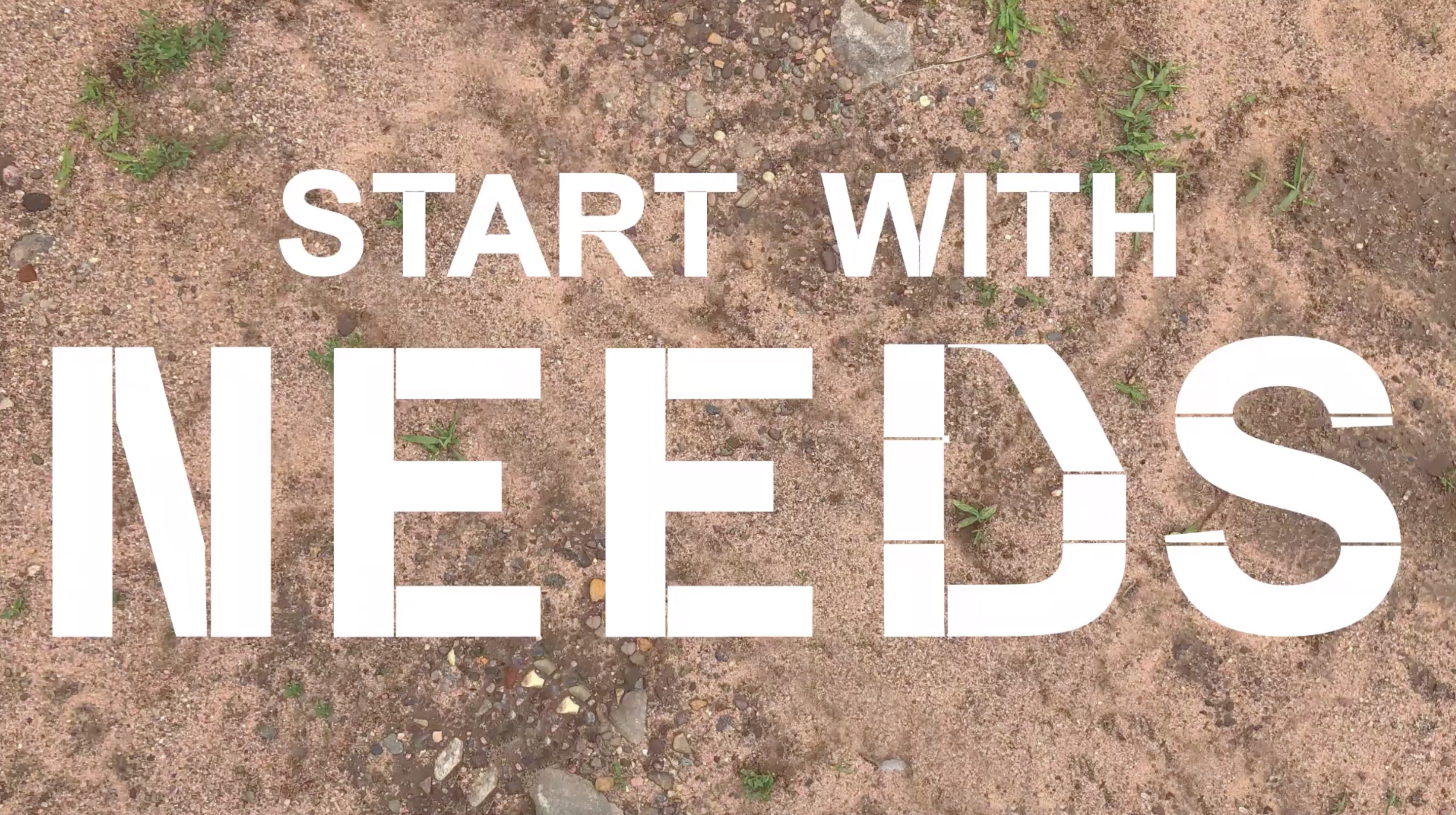Gregory P. Hamer and Derek Abbott, “Game Theory: Losing Strategies Can Win by Parrondo’s Paradox,” Nature 402 (December 1999): 864.
See “Introduction to SoCCs,” Asia Initiatives, accessed May 6, 2019. ➝.
UN-Habitat, Streets as Public Spaces and Drivers of Urban Prosperity (Nairobi: United Nations Human Settlements Programme, 2013), 22; see Shlomo Angel et al., Atlas of Urban Expansion (Cambridge, MA: Lincoln Institute of Land Policy, 2012), ➝.
Joan Clos, “Land Use and Urban Expansion,” UN-Habitat press conference, video, ➝.
Angel et al., Atlas of Urban Expansion, ➝.
See UN Habitat, Remaking the Urban Mosaic: Participatory and Inclusive Land Readjustment (Nairobi: United Nations Human Settlements Programme, 2016).
See “Land Readjustment,” Changing Ground Project, ➝.
